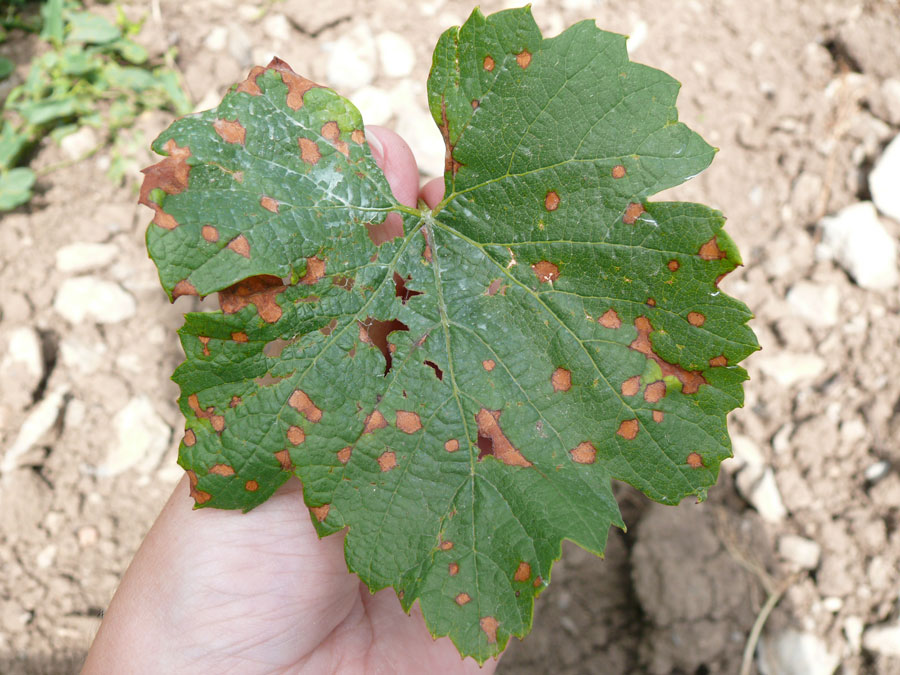Salinity
Junior
- Joined
- Jul 9, 2018
- Messages
- 6
- Reaction score
- 0
Hi all - we recently purchased a home with 2 large and not well maintained grapevines of unknown variety (in RI). When I say large, I mean one trellis is pretty much a canopy 12 x 10 (actually looks to be 2 stems) and the other is a half-arc along a fence about 8 feet high and 10 feet long.
Both vines are showing obvious signs of black rot all over the vines (not localized to one particular part of the vine). The vines are also certainly unwieldy and frankly, I can't tell what shoot is coming from what lead or stem, etc. I tried thinning it out a bit, but it's still a crazy mess and I didn't really know what I was doing, since I couldn't count leaves, etc. We would like to harvest good grapes from these vines eventually (we were told the Portuguese families around know these vines well and may come over to take excess grapes for wine making - we want to try that out ourselves!).
At this point, what should my plan be? I've read I should remove infected leaves and clusters, but that's basically all of them. Should I just concentrate on the clusters or just the leaves? Should we wait until fall / winter and hack these back quite a bit? Thanks in advance for any advice.
Both vines are showing obvious signs of black rot all over the vines (not localized to one particular part of the vine). The vines are also certainly unwieldy and frankly, I can't tell what shoot is coming from what lead or stem, etc. I tried thinning it out a bit, but it's still a crazy mess and I didn't really know what I was doing, since I couldn't count leaves, etc. We would like to harvest good grapes from these vines eventually (we were told the Portuguese families around know these vines well and may come over to take excess grapes for wine making - we want to try that out ourselves!).
At this point, what should my plan be? I've read I should remove infected leaves and clusters, but that's basically all of them. Should I just concentrate on the clusters or just the leaves? Should we wait until fall / winter and hack these back quite a bit? Thanks in advance for any advice.



























![[Upgraded] 9Pcs Tree Root Growing Box with Drain Holes, Half Transparent Plant Rooting Propagation Ball & Metal Core Twist Ties, for Fast Propagation Plants (Size M)](https://m.media-amazon.com/images/I/514MWQxtWOL._SL500_.jpg)






























